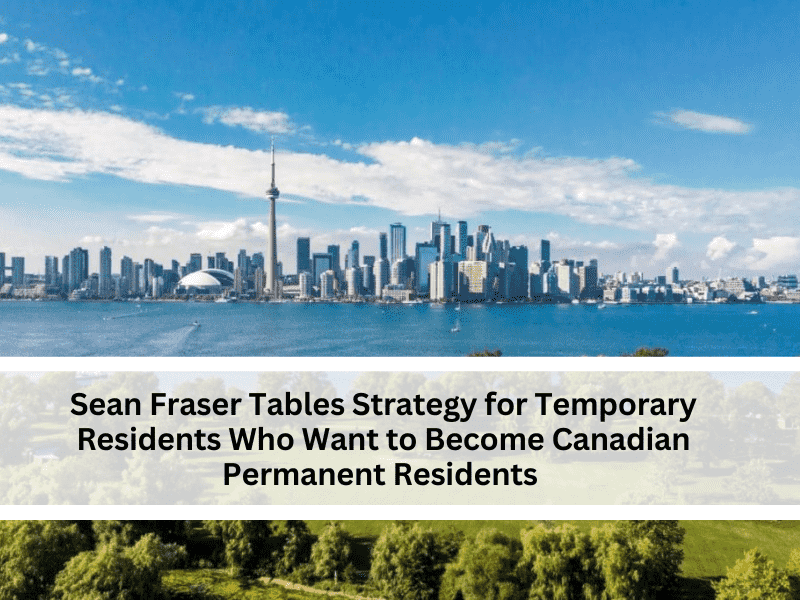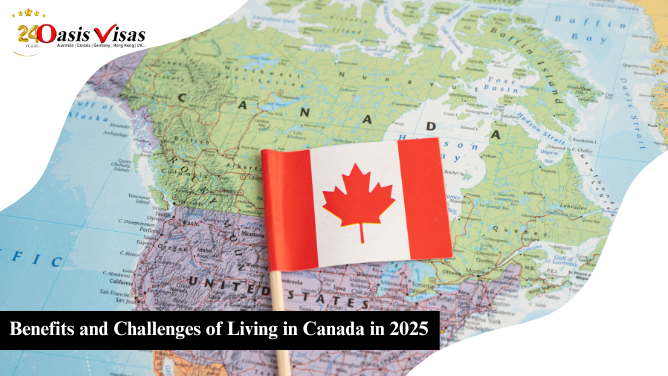
Immigration Minister Sean Fraser has proposed a plan to expand pathways to PR for international students and temporary foreign workers.
Fraser, on September 20 during routine proceedings, planned a strategy for expanding transitions to permanent residence for workers and international students from other nations with considerable work experience in sectors with persistent labour shortages. The documents were released on the government website soon after the day.
The strategy offers a five-pillar approach that IRCC (Immigration, Refugee and Citizenship Canada) will take in assisting temporary residents to become permanent residents of Canada:
Pillar 1: The release states the government will make use of the current immigration targets reviewed in the 2022-2024 Immigration Levels Plan. Canada is looking forward to welcoming a record 431,645 newcomers this year. Before November 1, Fraser will have to schedule the new 2023-2025 Immigration Levels Plan.
Pillar 2: The government will improve the Express Entry program to let IRCC invite applicants based on an economic goal. IRCC has earlier told CIC News that these new Express Entry draws may start early next year.
Pillar 3: IRCC is looking to adopt the National Occupational Classification 2021 on November 16. This new occupation classification system will let 16 new occupations become eligible for the Express Entry system, and get rid of three previously-eligible occupations. Also, the government plans to enhance newcomers’ access to information to make sure that they meet the mandatory qualifications and connect them to federal and provincial or territorial immigration programs; eliminate hurdles for physicians, and other ways to move essential workers who are in high demand; and boost pilot programs for supporting PR pathways for caregivers and agri-food workers.
Pillar 4: IRCC is working to boost French immigration outside Quebec and add a new Municipal Nominee Program. Also, the Canadian government is continuing to work with territories, provinces, and employers in Canada on pathways to PR, including the PNP (Provincial Nominee Program).
Pillar 5: IRCC is enhancing processing capacity, giving a boost to client experience, and revising the immigration system. All this is carried out through technological advancements. The plan is to improve processing times for allowing newcomers to become Canadian at the earliest.
Background
Fraser’s plan comes in response to Motion 44, which was put forth by Randeep Sarai, the Liberal member of parliament of Surrey, British Columbia. The motion was mandatory for Fraser to make good on his mandate letter commitment for residents living on a temporary basis. Listed below are the six points that were proposed in the motion:
- Give more significance to in-Canada work experience under economic immigration programs and expand eligible occupational categories;
- Scrutinize evidence from other federal immigration programs;
- Integrate data on the labour market as well as skills shortages to base immigration selection on continual labour gaps;
- Encourage immigrant retention in smaller communities and Francophone immigration outside Quebec;
- Recognize mechanisms to react rapidly to changes in labour market needs and regional economic priorities; and
- Consider occupations and essential services including agriculture, caregivers, health services, trades, manufacturing, service, and transportation.
Even though the May 11 motion was necessary for the plan to be scheduled in 120 days (which would be September 8), the changes take the form of a bill. So, it is within the rules to wait for a sitting of the House for introducing the new legislation.









